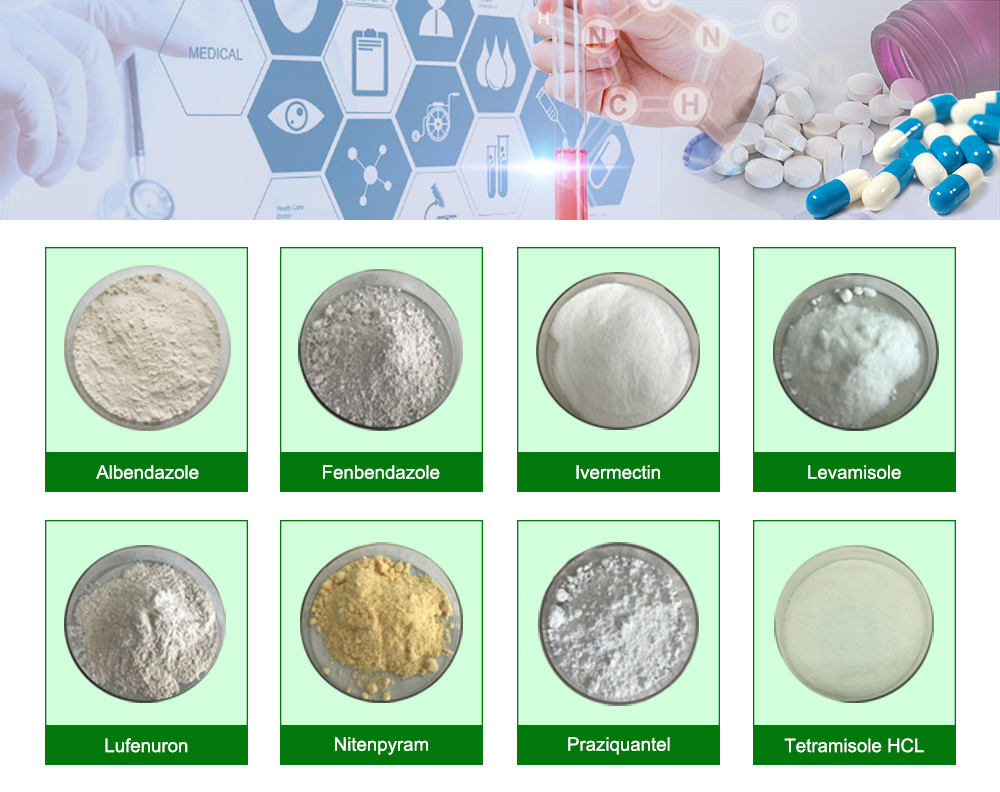Lufenuron is an insect growth regulator commonly used in veterinary medicine to control fleas in animals. It inhibits the development of chitin in insect exoskeletons, preventing them from maturing.
Basic Ingredients of Lufenuron
Lufenuron: This is the active ingredient and the chemical compound responsible for the insect growth regulatory effects.
Inactive Ingredients: Lufenuron formulations may also contain inactive ingredients or excipients, which can include carriers, solvents, and other substances that help in the formulation and application of the product.
It’s important to note that specific formulations and concentrations may vary depending on the product and its intended use. Always follow the recommended guidelines and instructions provided by the product manufacturer or veterinarian when using Lufenuron-containing products.

The effect of Lufenuron and function
Lufenuron is an insect growth regulator that is commonly used as a veterinary medication to control flea populations in pets. It inhibits the production of chitin, a key component of the exoskeleton of insects and other arthropods. The primary function of Lufenuron is to disrupt the normal growth and development of fleas by preventing the formation of a proper exoskeleton.
Here’s how Lufenuron works:
Ingestion: Pets are typically given Lufenuron orally, and it is absorbed into their bloodstream.
Disruption of Chitin Synthesis: Lufenuron interferes with the synthesis of chitin, which is a crucial component of the exoskeleton of insects. Chitin provides structural support and protection to the insect’s body.
Effects on Larvae: Flea larvae are particularly susceptible to Lufenuron. When female fleas lay eggs, the eggs contain Lufenuron. When the larvae hatch from these eggs and feed on the surrounding environment, they ingest Lufenuron, disrupting their chitin synthesis.

Prevents Molting: As a result of chitin disruption, the larvae are unable to molt properly. Molting is the process by which insects shed their exoskeleton to grow. Without a properly formed exoskeleton, the larvae cannot develop into mature fleas.
Breaks the Flea Life Cycle: By preventing the development of mature fleas, Lufenuron effectively breaks the flea life cycle. This helps control and reduce flea infestations.
It’s important to note that Lufenuron primarily targets fleas during their early stages of development (larvae) and does not have a direct effect on adult fleas. Therefore, it is often used in combination with other medications that target adult fleas to provide comprehensive flea control.
If you have specific concerns about the use of Lufenuron for your pet, it’s advisable to consult with a veterinarian who can provide personalized advice based on your pet’s health and specific needs.
